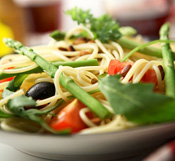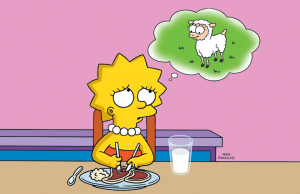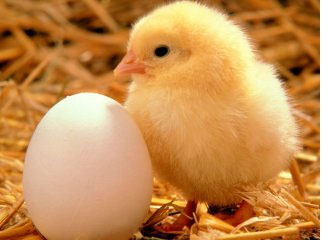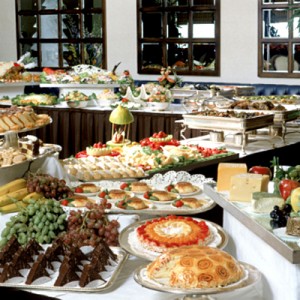 Looking for ways to cut back on what you eat? Try cutting everything into smaller pieces–you may eat less.
Looking for ways to cut back on what you eat? Try cutting everything into smaller pieces–you may eat less.
A study found that slicing candies in half caused people to eat less of the snacks, ultimately consuming fewer calories. The research, published in the May issue of the Journal of the American Dietetic Assn., put 54 college students through two scenarios: in one, 20 pieces of candy were served whole. In another, the 20 candies were cut in half. In both scenarios the test subjects busied themselves with a computer task that acted as a distraction, since snacking is often done while preoccupied. Don’t pretend you don’t do that.
Of all participants, 33 (almost all of them normal-weight women) ate some candy. During both tests people ate about the same number of pieces; in the test with smaller pieces people ate an average of 6.2 portions of candy, while in the test with larger pieces people age an average of 6.9 pieces.
Those who ate the larger pieces consumed about 60 calories more than those who ate the smaller pieces. No substantial differences were found in the groups regarding hunger, how much the test subjects liked the candies, and whether they ate candy on a regular basis.
Researchers also noted that the connection between the size of the food and how much people ate was not affected by variables such as age, food intake control, body mass index or how much time the participants spent exercising.
Future research, the authors wrote, should look at whether altering the size of food could cause men and women of all ages and BMI ranges to eat less.
Do you cut your food into smaller pieces to trick yourself into thinking you’re eating more? Do you have similar tips for cutting back on calories? Let us know.
–
Source: LA Times Health












